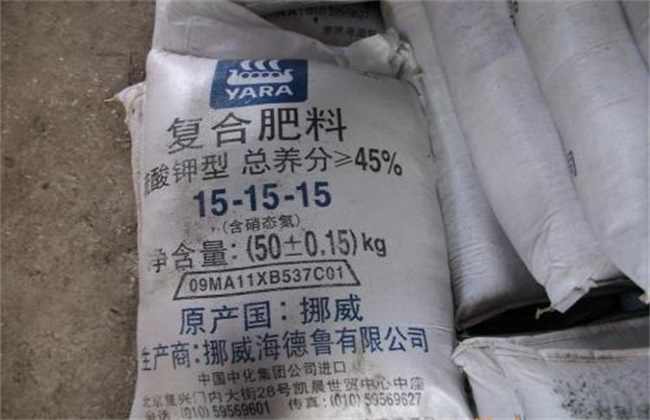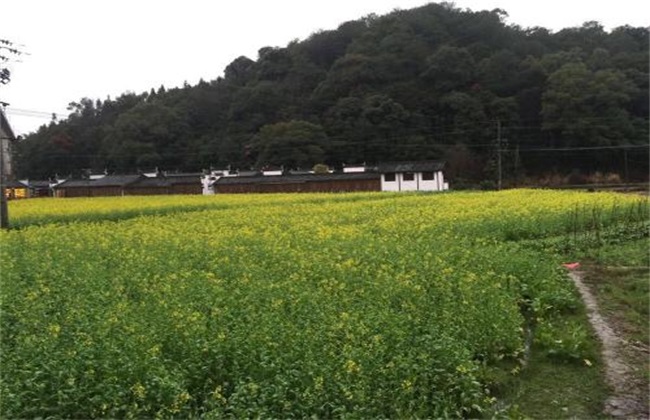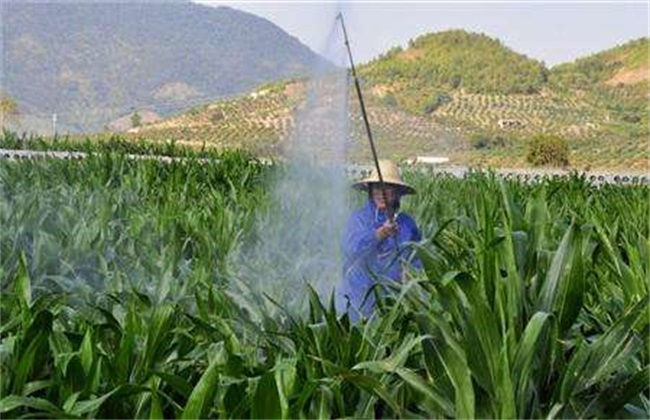The difference between Water soluble Fertilizer and compound Fertilizer
With the continuous improvement of agricultural science, there are many varieties of fertilizer now. Of course, the price is getting more and more expensive, so fertilizer must be used. Now the common fertilizers on the water surface are water-soluble fertilizer and compound fertilizer, many friends do not understand the difference between them, the use of more confused, the following and Xiaobian together to see the difference between water-soluble fertilizer and compound fertilizer bar.

1. Differences in nutritional components
Water-soluble fertilizer is a compound fertilizer completely dissolved in water. It has solid and liquid forms. Its nutrient content is macroelements, medium elements and trace elements. Water-soluble fertilizers such as amino acids and humic acid are common in the market. Water-soluble fertilizers are not only diverse in types, but also in proportions, such as balanced fertilizers with balanced ratios of nitrogen, phosphorus and potassium, high nitrogen, high potassium and high phosphorus fertilizers, etc. The traditional compound fertilizer has a relatively simple element content, containing two or more nutrients, the main components are not nitrogen, phosphorus and potassium, and the formula and nutrition are relatively simple.
2. Difference in method and dosage
Water-soluble fertilizer is widely used, almost in all areas of our country can be used, fertilization methods are mainly divided into foliar spraying, drip irrigation under the film, root irrigation, can choose the best fertilization method for different areas of environmental land. The compound fertilizer is different, its application method is relatively simple, mostly soil fertilization, can also be dissolved in water for foliar spraying. The amount of water-soluble fertilizer is generally relatively small, if it is applied, it is generally about 5 kg per mu, while the compound fertilizer should be at least 40 kg per mu.
3, the role of distinction
Water-soluble fertilizer is mainly applied as topdressing, which is different from traditional topdressing. It is a quick-acting fertilizer, which is absorbed quickly by crops and has a short habit after application. It is only suitable for application at the peak of fertilizer demand. Compound fertilizers are mostly applied as base fertilizers, and their fertilizer efficiency is relatively long, which can provide continuous fertility for crops. The absorption and utilization rate of water-soluble fertilizer is extremely high. According to experiments, as long as the application method is obtained, the general absorption and utilization rate is above 90%, while the absorption and utilization rate of compound fertilizer is about 60% at most.
4. Advantages
The advantages of water-soluble fertilizer are sufficient nutrition and obvious fertilizer efficiency, because it is rich in various nutrients required for crop growth and development, which is of great help to improve crop quality and reduce physiological diseases; second, energy saving and environmental protection, utilization rate, which pollutes the environment far less than compound fertilizer, which contains less metal elements and chloride, which can avoid soil nutrient imbalance and structural damage. The advantage of compound fertilizer is that it has comprehensive nutrients and high content, which can supply a variety of nutrients needed by crops in a balanced and long-term manner, and most of it is particulate matter, which is easy to store and apply, and is more suitable for mechanized application.
The above is the difference between water-soluble fertilizer and compound fertilizer, I hope to help you, want to know more about the relevant knowledge, please pay attention to us.
Related
- Fuxing push coffee new agricultural production and marketing class: lack of small-scale processing plants
- Jujube rice field leisure farm deep ploughing Yilan for five years to create a space for organic food and play
- Nongyu Farm-A trial of organic papaya for brave women with advanced technology
- Four points for attention in the prevention and control of diseases and insect pests of edible fungi
- How to add nutrient solution to Edible Fungi
- Is there any good way to control edible fungus mites?
- Open Inoculation Technology of Edible Fungi
- Is there any clever way to use fertilizer for edible fungus in winter?
- What agents are used to kill the pathogens of edible fungi in the mushroom shed?
- Rapid drying of Edible Fungi



